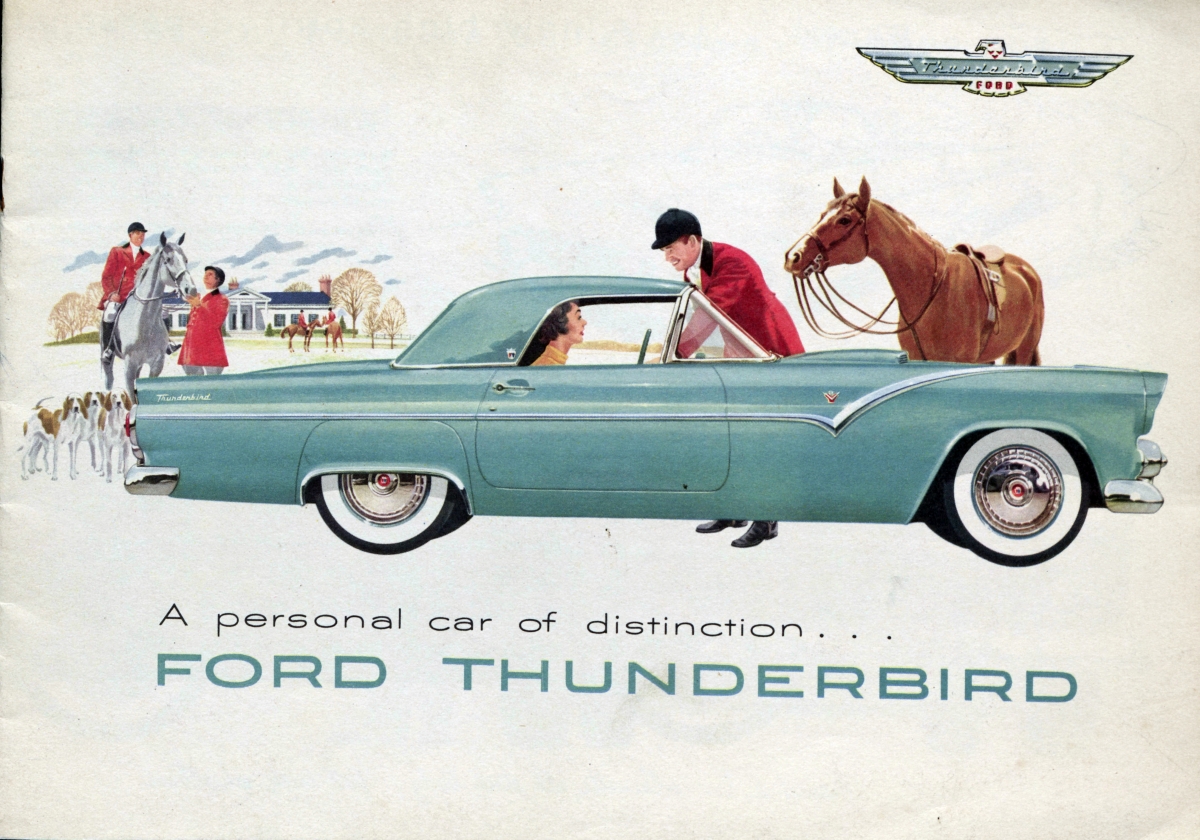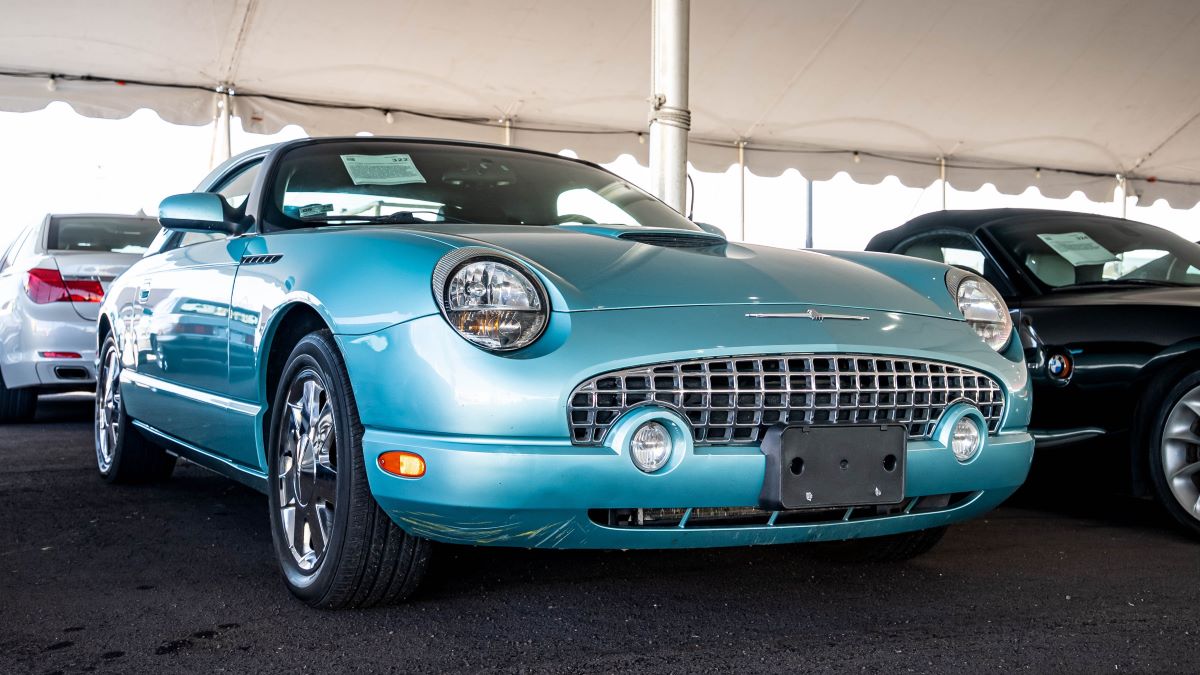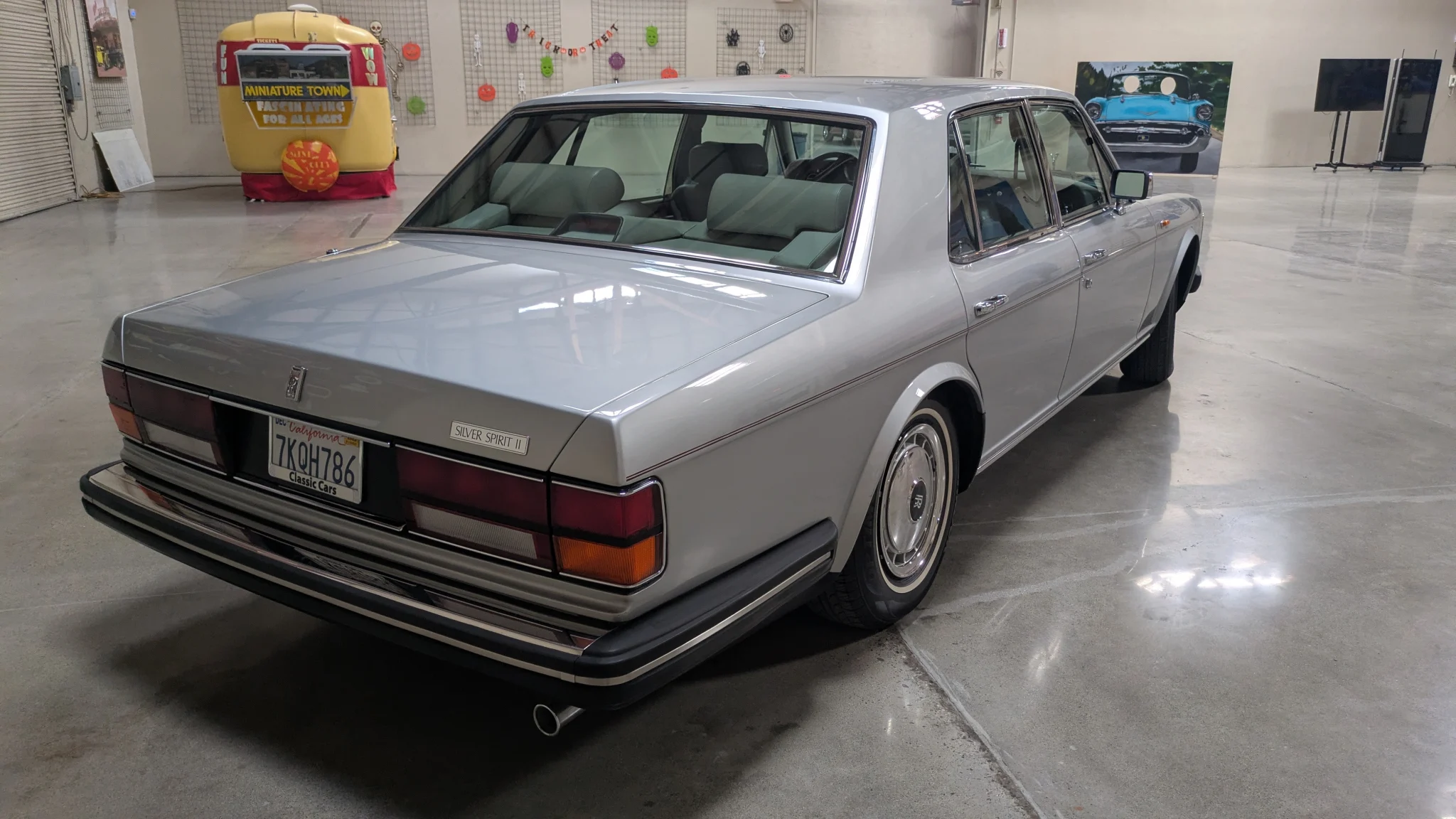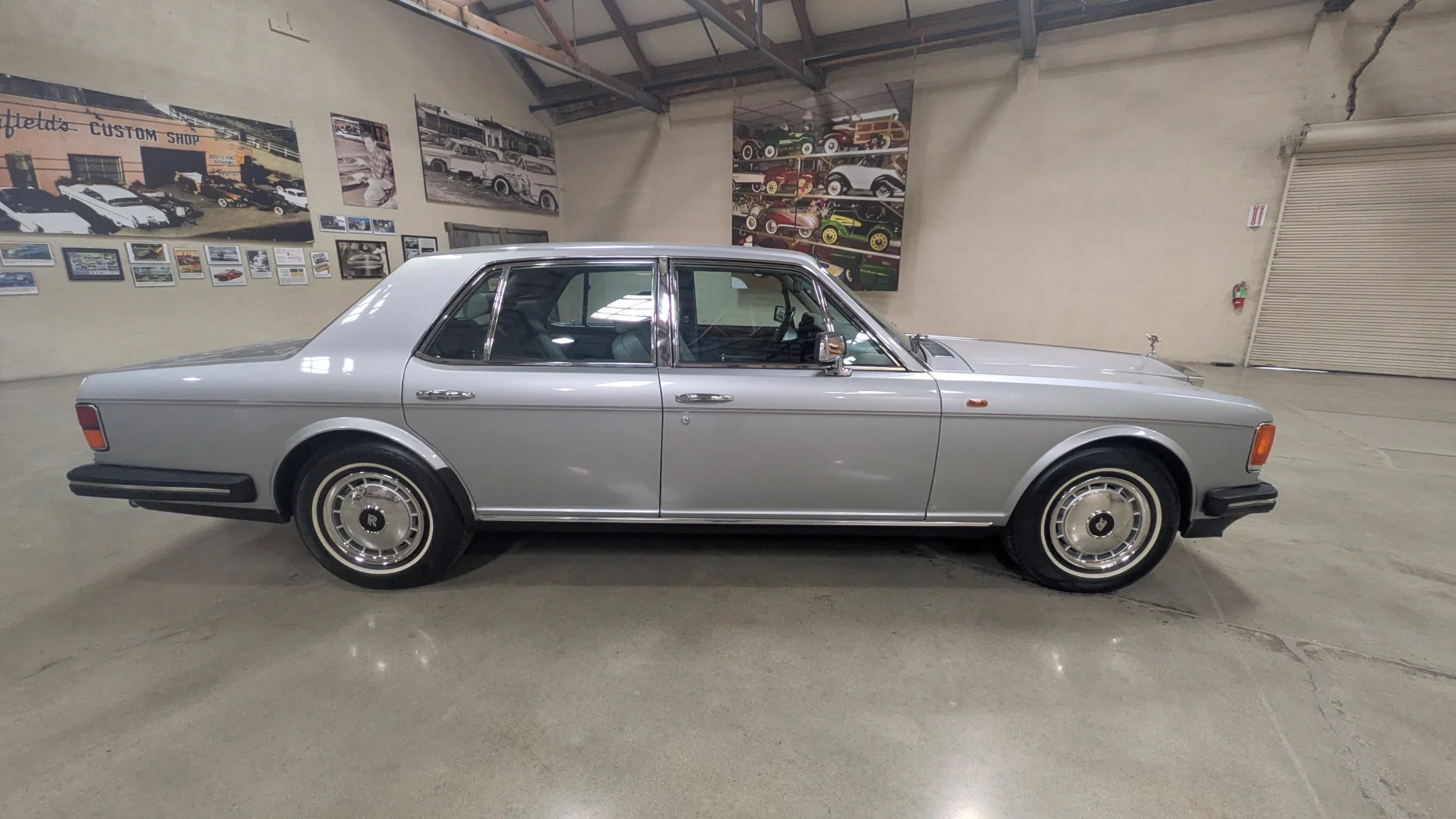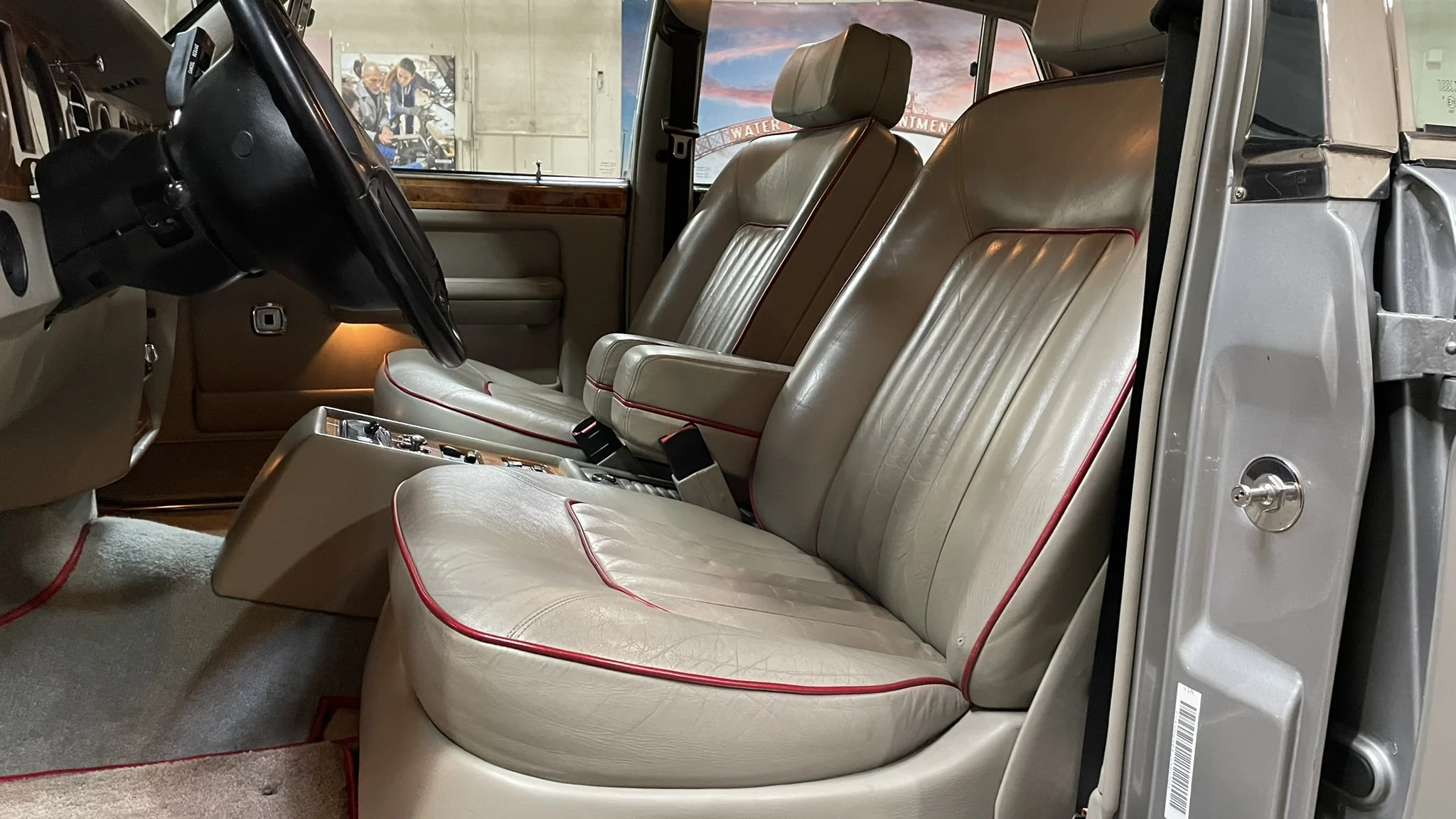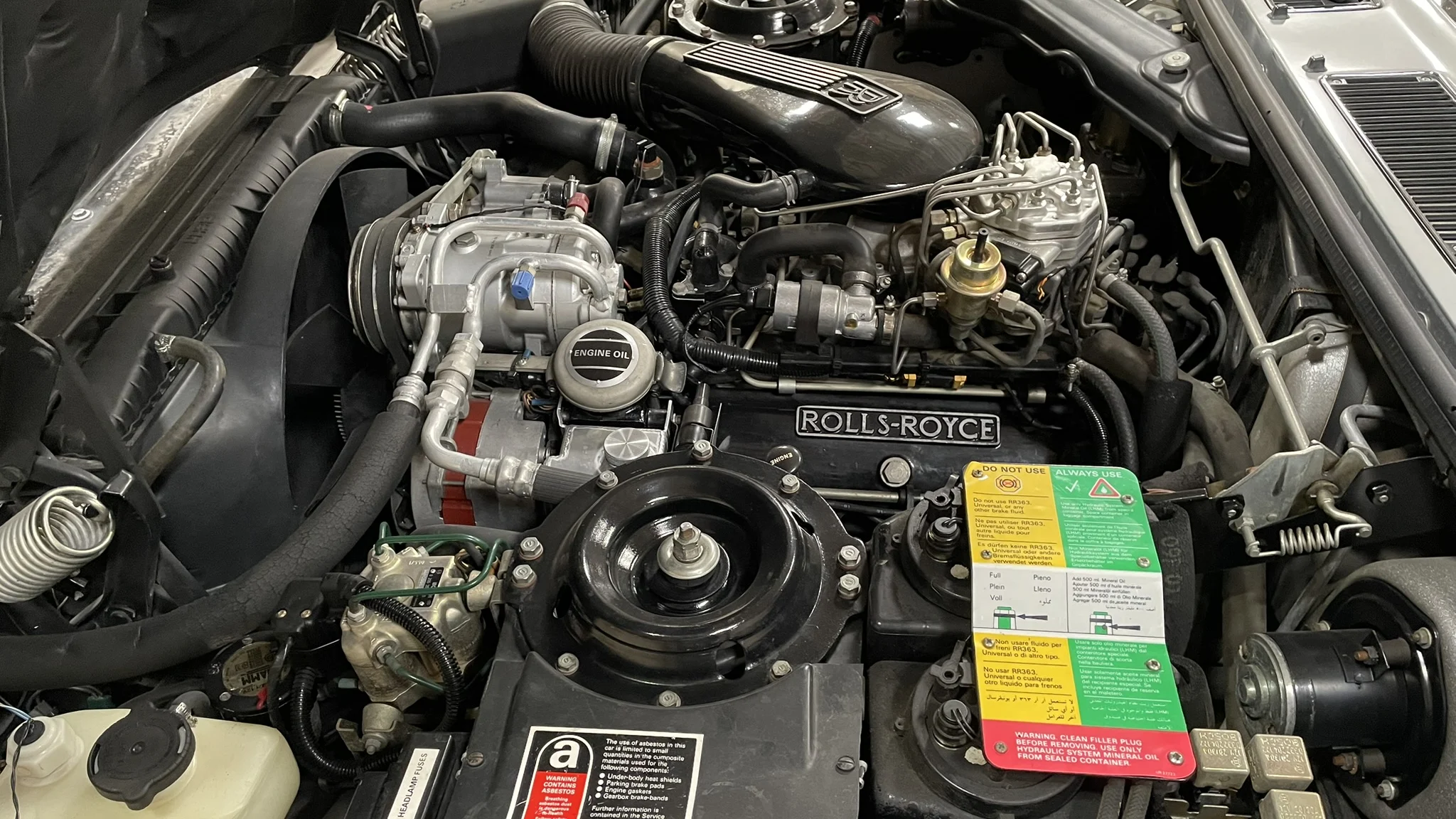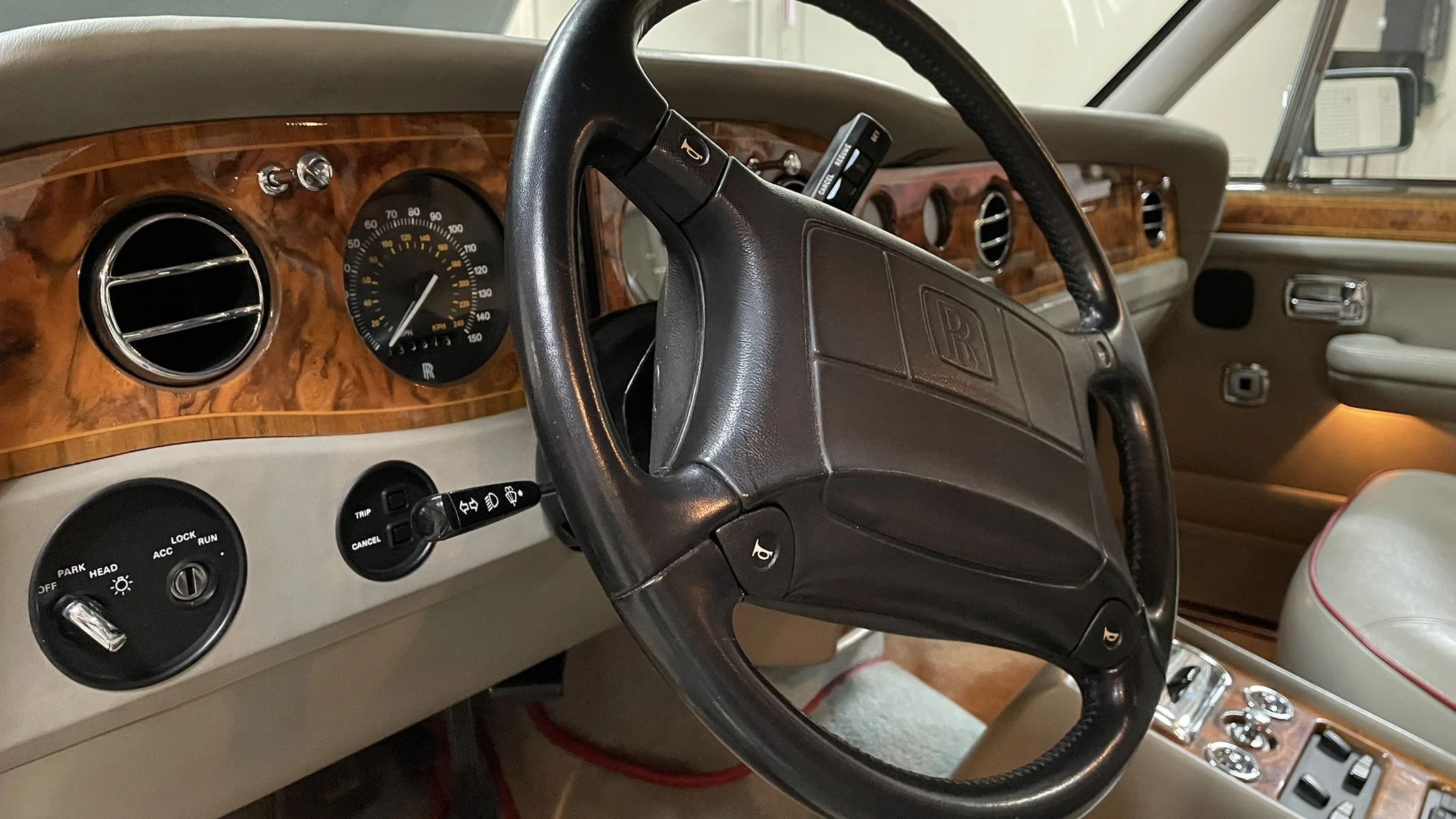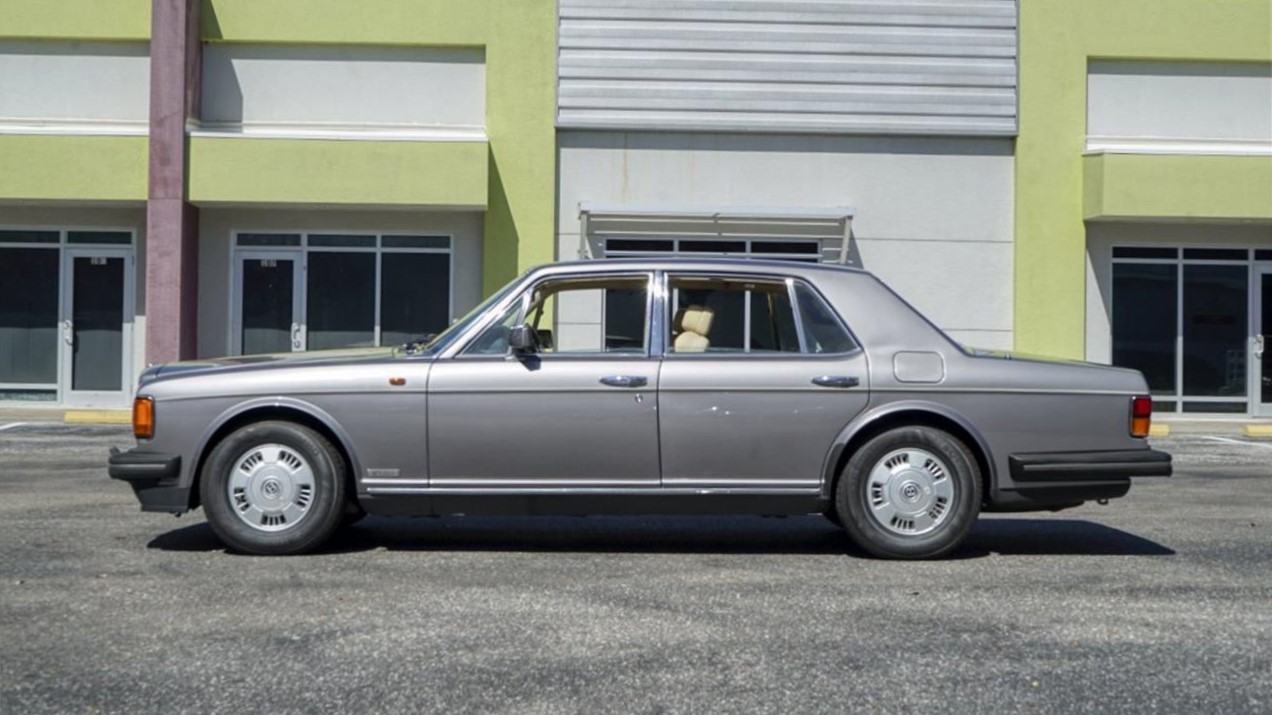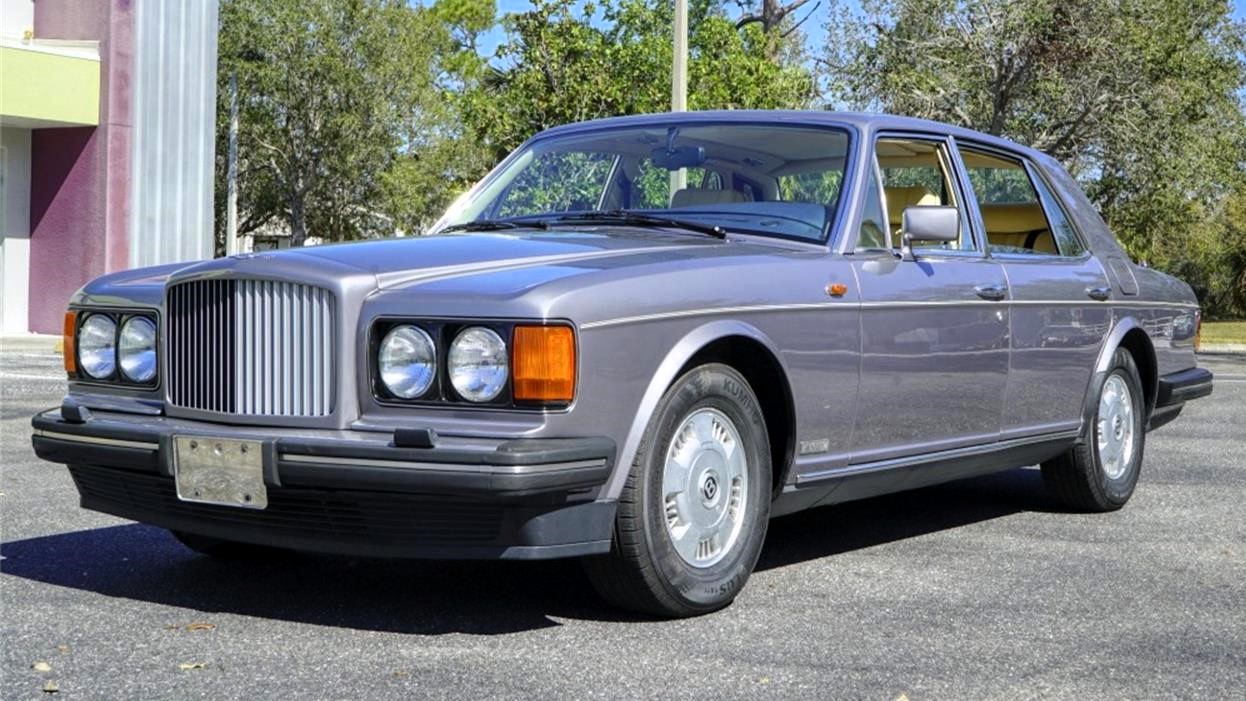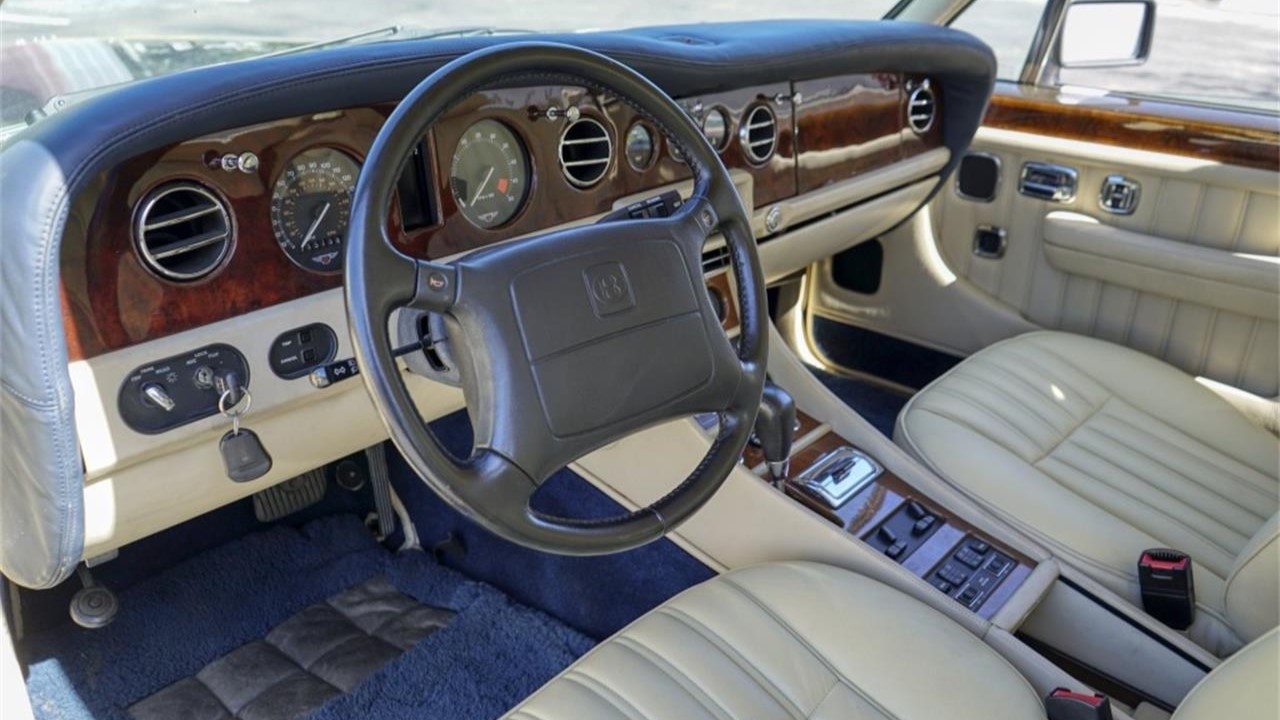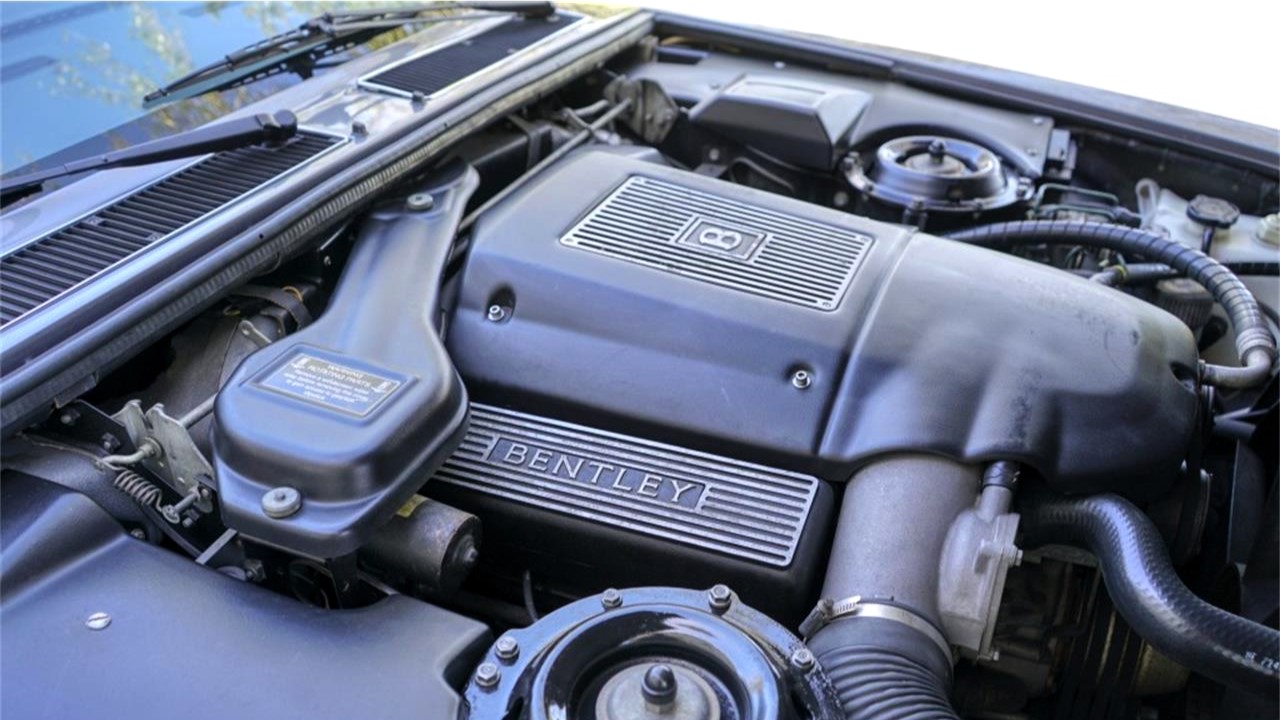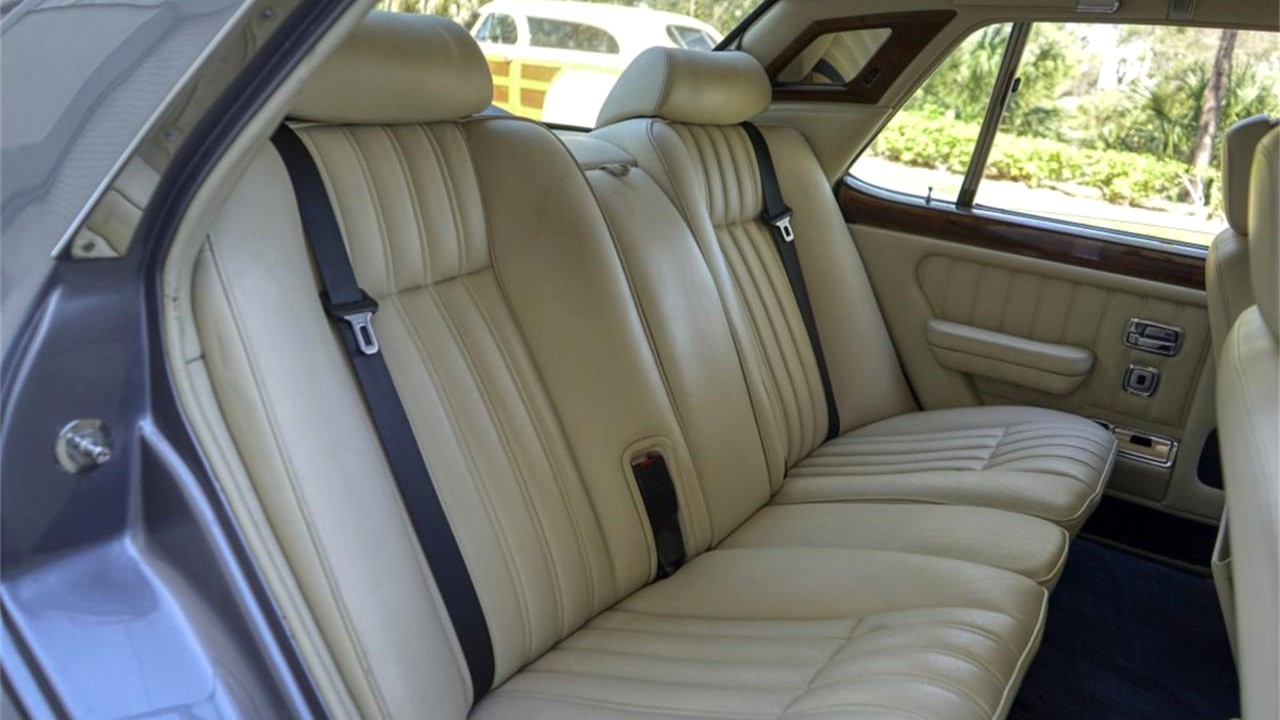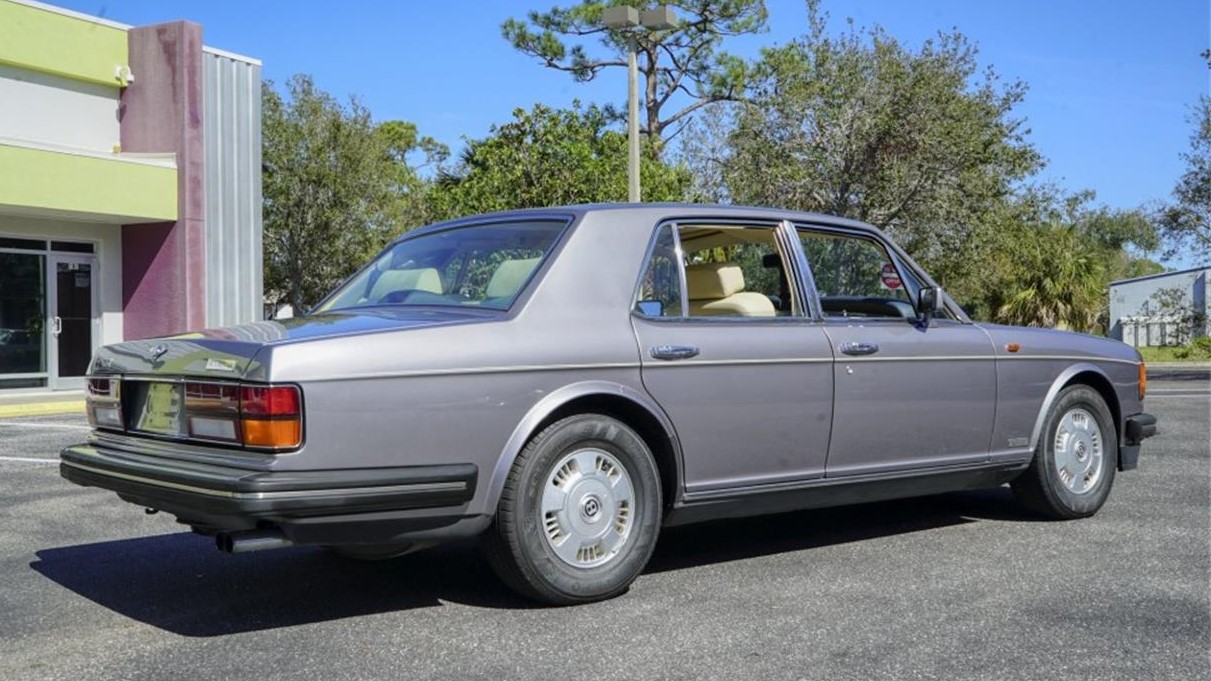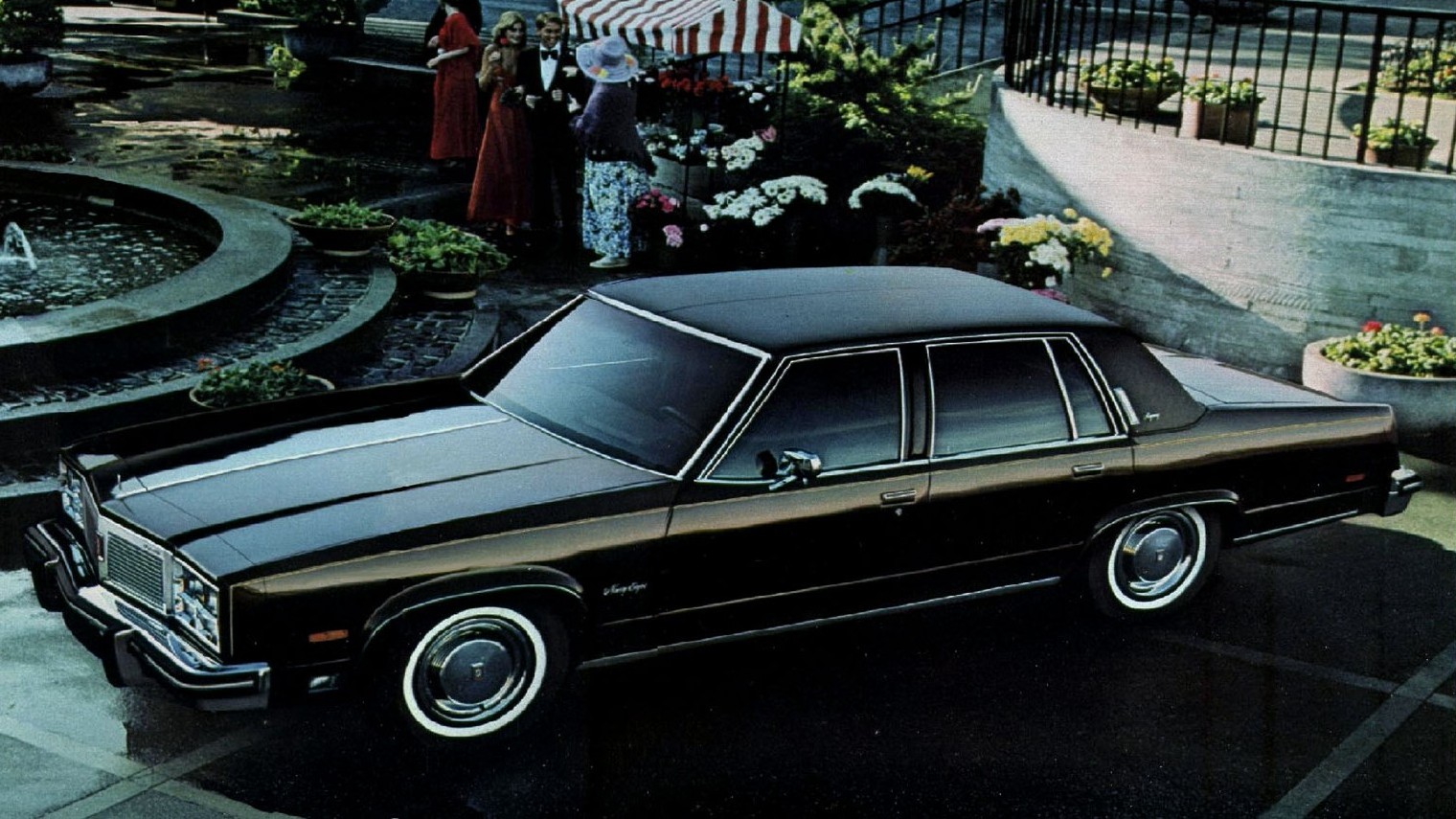This custom roadster was built by its prior owner in the 2010s using steel bodywork and a wood-lined cargo bed mounted to a custom chassis. Power comes from a 350ci ZZ4 V8 linked to a four-speed automatic transmission and a limited-slip differential, and the car rides on a fabricated frame with a front drop axle, drilled wishbones, QA1 shocks, power steering, and four-wheel disc brakes. A red soft top, wheels, and upholstery complement the gray paint, and other highlights include a fuel-tank-style storage compartment, a banjo-style steering wheel, a Lokar shifter, a Holley carburetor, an Edelbrock Performer RPM intake manifold, and custom lake-style headers. This hot rod pickup was purchased by the current owner in 2020 and is now offered by the seller on their behalf with Maine registration listing it as a 1931 Chevrolet.

The passenger compartment is said to have been constructed using Chevrolet bodywork and a LaSalle cowl, while the grille surround and cargo bed were fabricated from steel. The doors were shaved before the body was painted in gray with maroon and orange pinstriping and Chevrolet script on the tailgate.

An aluminum storage compartment ahead of the grille mimics the appearance of a gasser-style fuel tank. Other details include a V front spreader bar, a maroon soft top, Maxtel headlights with integrated LED turn signals, leather hood straps, dual mirrors, and bed-roll taillights. The vehicle does not have side windows, and paint chips on the door caps can be viewed in the image gallery below.

Red-finished 15” steel wheels have flush-mounted valve stems and baby-moon hubcaps, and they are wrapped in 185/65 front and 265/70 rear Michelin tires. The car rides on a custom-fabricated frame with semi-elliptical leaf springs, and the side rails have circular cutouts to complement the drilled front drop axle and wishbones. QA1 shocks have been installed at all four corners, and it is further equipped with power steering and four-wheel ventilated disc brakes.

Wood bows span the width of the cargo bed to support a removable cover, while painted runners secure the floor slats.

The cabin is trimmed in marbled red upholstery and features a contoured bench seat, lap belts, a Lokar shifter, and billet knobs. Pioneer speakers are mounted in the kick panels, though the seller notes that they are not connected to a head unit.

The banjo-style steering wheel is mounted on a tilt column, while Racing Power Company instrumentation consists of a 140-mph speedometer, an 8k-rpm tachometer, and auxiliary gauges. The digital odometer indicates 793 miles, which is said to represent the distance driven since the build was completed.

The 350ci ZZ4 V8 crate engine is equipped with a Holley Street Warrior 600-cfm carburetor, an Edelbrock Performer RPM intake manifold, aluminum cylinder heads, and a finned air cleaner lid, valve covers, and breathers. Lake-style headers are capped and flow into a dual exhaust system with Flowmaster Super 40 mufflers. A mechanical fuel pump draws from a fuel cell mounted at the back of the cargo bed, and cooling is provided by an aluminum radiator. Billet dipsticks have also been installed.

Power is sent to the rear wheels through a 700R4 four-speed automatic transmission, a Fast Shafts custom driveshaft, and a 10-bolt rear end with a limited-slip differential and a polished cover, per the seller.

The car is registered as a 1931 Chevrolet using the VIN 2AE0319549, which appears on the identification plaque shown above.
The vehicle is being sold on its registration, which serves as the ownership document in Maine. The registration expired in April 2024.

























